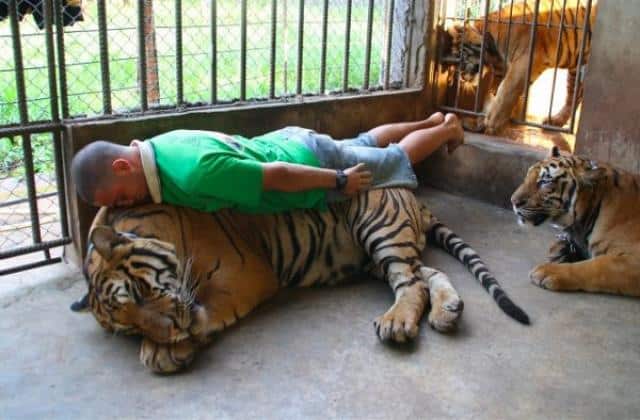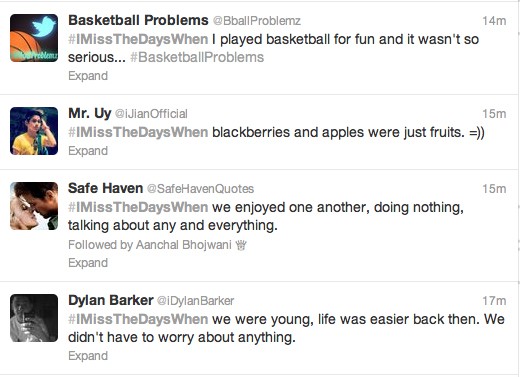What’s a Meme? Welcome to Meme Friday!
Marketers are often confused by the ever present and popular world of the "meme". To shed some light on this topic I'll be exploring memes in a series of social media and marketing posts we're calling "Meme Friday".
We'll cover a bit of the history of the meme and in future posts we'll dig deeper into their popularity, how they can be used as an effective marketing tactic that can be leveraged in your integrated marketing strategy. I'll also be pointing out some best practices that will ensure your brand doesn't come off looking poorly when treading into the chaotic world of two-way social marketing.
The term "meme" was created by Richard Dawkins, long before the internet was our gateway to anything and everything; in 1976, in fact. A meme is a "package of culture". So before the internet, this referred to fashion, design and ideals which are easily replicable and bridge across many cultures.
While carbon copied images flooding the internet with various witty captions is what people think of when they hear the word "meme" - they in fact come in a variety of forms, and entire list would be thousands of entries long!
One of the first meme aggregators is the famous Memepool.com - launched in 1998 it was talking about memes before there was such a thing as a Twitter, Tumblr or Facebook. Back then, memes were the exclusive domain of the saavy internet user or software programmer.
Fast forward to 2013 and you're likely to hear your mother telling you about last great meme or watching the most popular trends on Good Morning America. You might recognize the following memes : Planking, Tebowing, The Most Interesting Man in the World, The Old Spice Guy and photos of individuals holding up signs announcing "I am the 99%".
Video Memes:
You may have heard of the Harlem Shake. If you haven't you've been living under a rock. As the latest trending video meme, it was over-used and undeservedly abused. The internet really only welcomed it with open arms for a few days before the majority grew tired of it - but that doesn't seem to have hindered certain individuals from continuing to post videos of a group of piers or coworkers awkwardly dancing in bizarre costumes to Baauer's "Harlem Shake".
[youtube]http://www.youtube.com/watch?v=8f7wj_RcqYk[/youtube]Macro Memes:
These memes generally tend to be a popular photo or illustration with different captions - following the pattern and personality of each meme. One of the most common is "The Most Interesting Man in the World", playing off of Dos Equis Beer's marketing campagin. This macro uses the Dos Equis "I don't always drink beer, but when I do, I prefer Dos Equis." tagline format and is applied to various relatable situations and scenarios.

Photo Memes:
Photo memes is something which everyone can personally participate in. This meme features a photo of an individual participating in an action which is trending. Most commonly, in the past, photo memes have featured people planking, tebowing and owling.

Hashtags:
If there were ever to be a winner for the "Most Popular Meme of 2013", it would be the hashtag. Referring back to Richard Dawkins definition of a meme, culturally, a hashtag is considered a meme as it is a replicable trend which has inspired a very broad range of users. Popular words and phrases with a hashtag (#) placed infront of them are given their time to shine when tweeted out in the Twitterverse - some notably becoming "Trending Topics" on Twitter. Not only do hashtags engage those on Twitter to join in a global conversation - but it also has developed a brand connection, where hashtags such as #iphone are trending daily; a hashtag not even developed by Apple itself.

Part two of The History of the Meme will be posted next Friday, in which I will go more in depth into what makes a meme so popular, why they could be a successful marketing technique and how to properly use them.


Trackbacks/Pingbacks
[…] that we’ve answered the question: “What is a meme?” , the different styles of memes which are popular and available for use – it’s time to […]